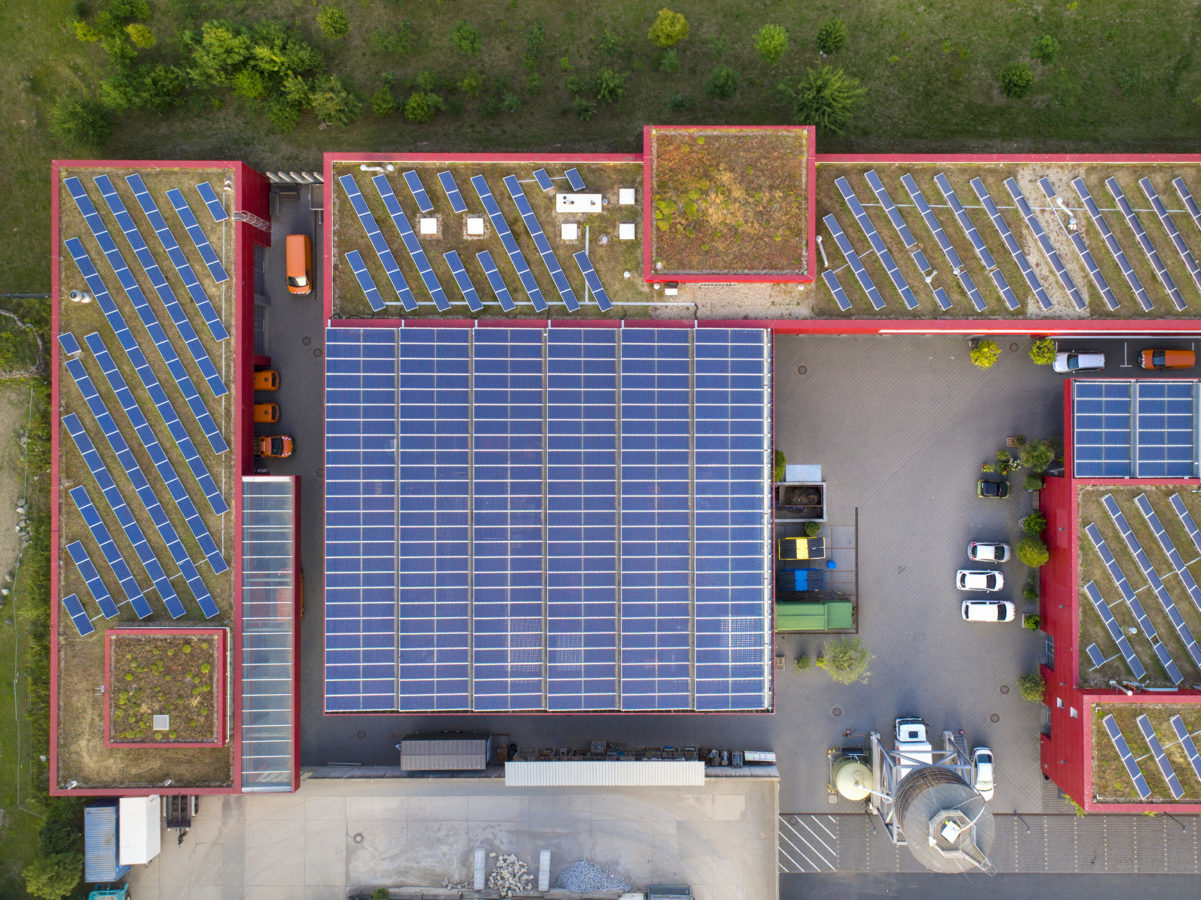
What unexpected synergistic benefits will be created, based on the announcement this week that California plans to have solar photovoltaic panels installed on 100% of new homes in the state? The announcement represents a tremendous vote of confidence in utilities’ ability to use real-time data to maintain reliable operations while increasing the level of intermittent sources of power on the distribution system.
The initiative, which will impact homes built after Jan 1, 2018, is highlighted in the May 10, 2018 T&D World article, “California Becomes First State to Order Solar on New Homes,” and is worthy of review from a broad advanced analytics-related planning perspective, since a lot of the same capabilities which will enable this initiative to succeed will also be intertwined with other major initiatives to optimize T&D O&M, including volt-vAR optimization, real-time dispatch based on local weather forecasting, integration of electric vehicles and storage and microgrids, and better leveraging of demand response as a dispatchable resource.
The term “synergy” was invented by R. Buckminster Fuller, whose book Synergetics gave 1+1=4 as an example, based on how you could take two flat triangles’ six struts and rearrange them into a 3-dimensional tetrahedron to make four triangles.
A more “two dimensional” view has been taken by those who have criticized the California initiative this week. These bodies worry that Asian PV manufacturers will benefit more than U.S. ones, or they have argued against the 100% PV based on costs, claiming that its $10,000 adder to the price of a new home will be a burden on some home buyers. On this latter point, putting aside how well the adder will be covered by the savings associated with the electricity produced, it is worth noting that $10,000 equals 2% of the average of about $500,000 for a home in California, let alone it being less than 1% the cost of a $1,000,000 new home. Consequently, it is of greater value to look at the hundreds of additional MW of solar power that this initiative will be adding to the grid.
From a planning perspective, there are significant T&D O&M improvements associated with the California initiative, beyond the direct grid-edge generation-related Distributed Energy Resource aspects. These wider-ranging improvements are an outgrowth of Advanced Metering Infrastructure and associated real-time monitoring capabilities that have given California regulators and planners the confidence to more toward this greater commitment to solar in less than two years.
The commitment to a T&D system with ubiquitous two-way power flows represents a commitment to a robust energy usage marketplace where homes and businesses participate in new initiatives that create new economic value, deepening individuals’ and communities’ relationships with their local utility and with third parties involved in the new markets’ value chains. The ability to participate in these markets will tend to become a social norm. In parallel, utilities will develop wide-ranging new capabilities to optimize dispatch in real time and to utilize a wider range of assets to do so, including smart EV charging being used as an additional element in volt/VAR optimization protocols.
Returning to synergies, beyond the direct energy and capacity value of the hundreds of megawatts of additional PV capacity this initiative can put onto California’s grid, there are wider benefits associated with the portion of these homeowners who may also opt for home energy storage and/or electric vehicles. The benefits associated with smart charging can be monetized more readily if a larger and more robust market for them is in place, one which has greater feeder-by-feeder impact on the distribution system. And such capabilities do not require that a homeowner have a second meter installed (and do not require that the home be in the state of California) as evident from a recent smart charging pilot at Xcel Energy in Minnesota.













